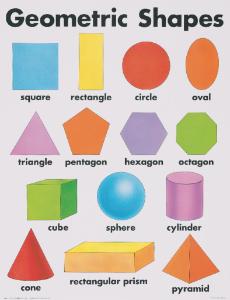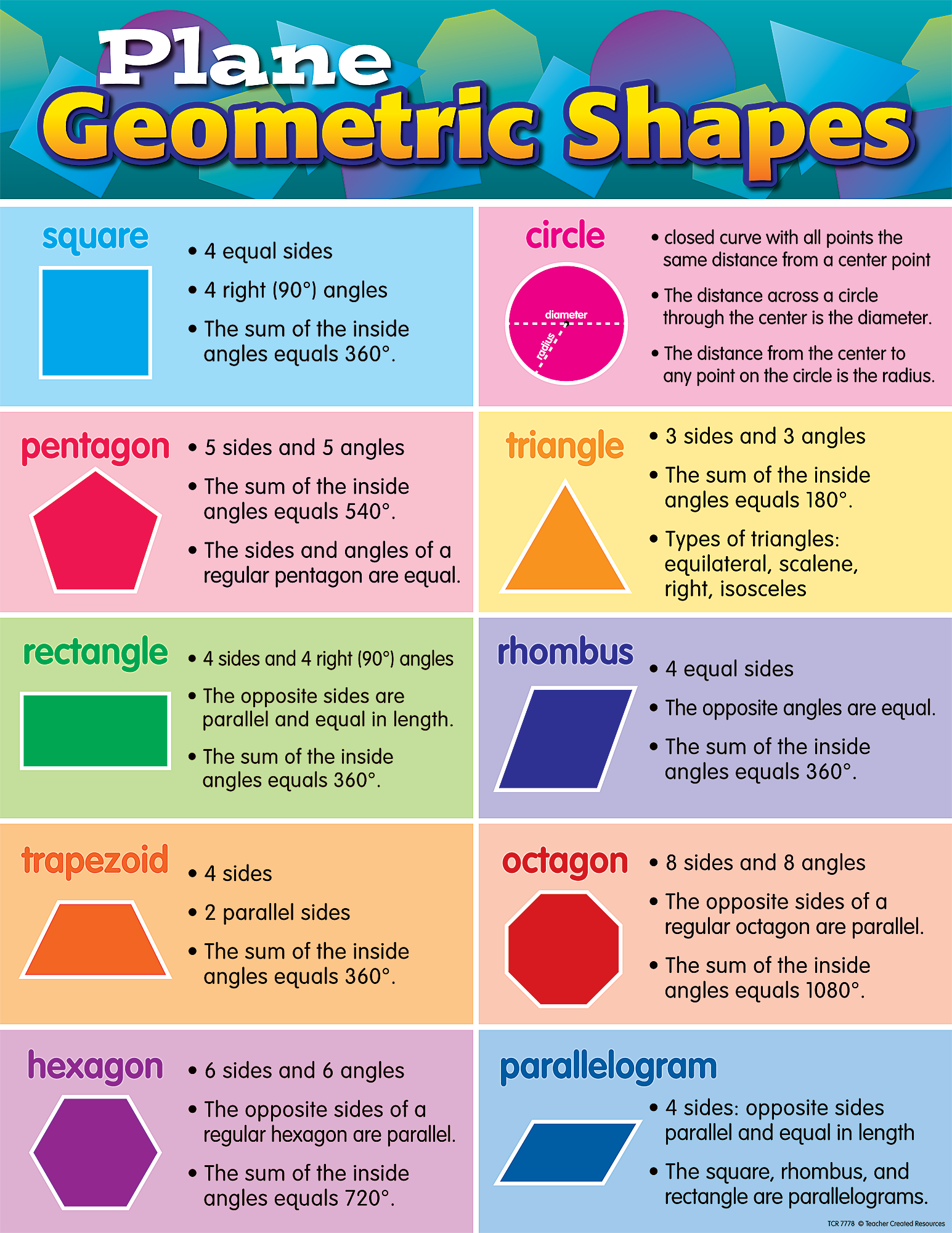
In modern construction, triangles are common because they are easy to analyze, build and can be changed according to requirements. The corners cannot move any farther or closer from each other because the post keeps them in place. The square isn’t able to flatten out because the central post is supported by the corners of the square. The middle post turns the squares into two triangles that distribute weight evenly. To solve this problem, builders would put a post in the middle of squares to make them extremely strong and sturdy. This is particularly important in the construction of support beams for roofs and bridges.īefore triangles were used, bridges and roofs were weak and could not hold much weight. Triangulation of any material eliminates lateral distortion by redirecting weight from a point in a structure to a larger area that can support that weight. In fact, the simplest way to strengthen a square or a rectangle is to add supports in the shape of a triangle across its diagonal length.Ī single support between two lengths significantly strengthens a rectangle or square by changing it into two triangles. Unlike a rectangle or a square, a triangle can’t be distorted without disassembling one of its joints or changing the length of any of its sides. If there is a single and most structurally sound shape in commercial architecture, it has to be the triangle. That’s why you see so many buildings in the shapes of “H’’, “L’’ or “T’’.
#Basic shapes drivers#
The calculations needed to ensure strong load-bearing in circular and triangular designs are more complicated.īasically, low cost and ease of construction are the two primary drivers of the square and rectangle impact in the commercial building industry. Two stories, three stories or more, square and rectangular corners make load-bearing walls easier to build.
#Basic shapes plus#
Square and rectangular designs also mean that there’s little space that goes unused, plus it’s easy to scale up and down with slight calculations. Even electrical lines and water pipes are easier to incorporate. Air circulation and temperature regulation are better controlled.

Altered shapes not only utilize more materials and assets but are more expensive to construct and maintain.ĩ0 degrees angles are very strong structurally, psychologically and spatially.

Square and rectangular shapes are also exponentially easier to reconcile, and there’s usually less waste. The reason most commercial designs are rectangular, or square, is because they are easier, faster and more economical to build out of ordinary materials – stone, concrete, brick or wood. In this post, we focus our lenses on how basic shapes have influenced the commercial architecture landscape. The mathematical attribute of shapes are top considerations in the design of any standing structure no building can be constructed without a thorough understanding of this. From the Pyramids of Giza to the Roman arches and domes to the new World Trade Centre Tower in New York, great architecture is predominantly about shapes.


 0 kommentar(er)
0 kommentar(er)
